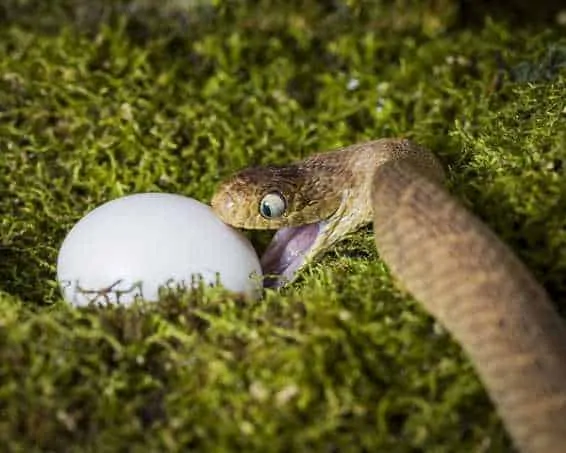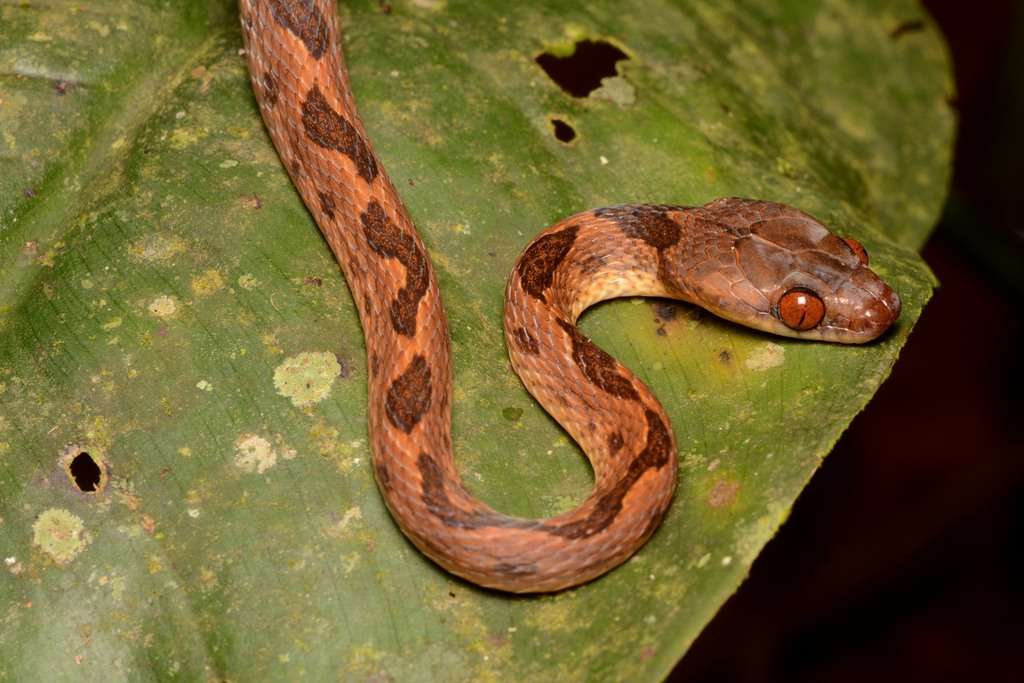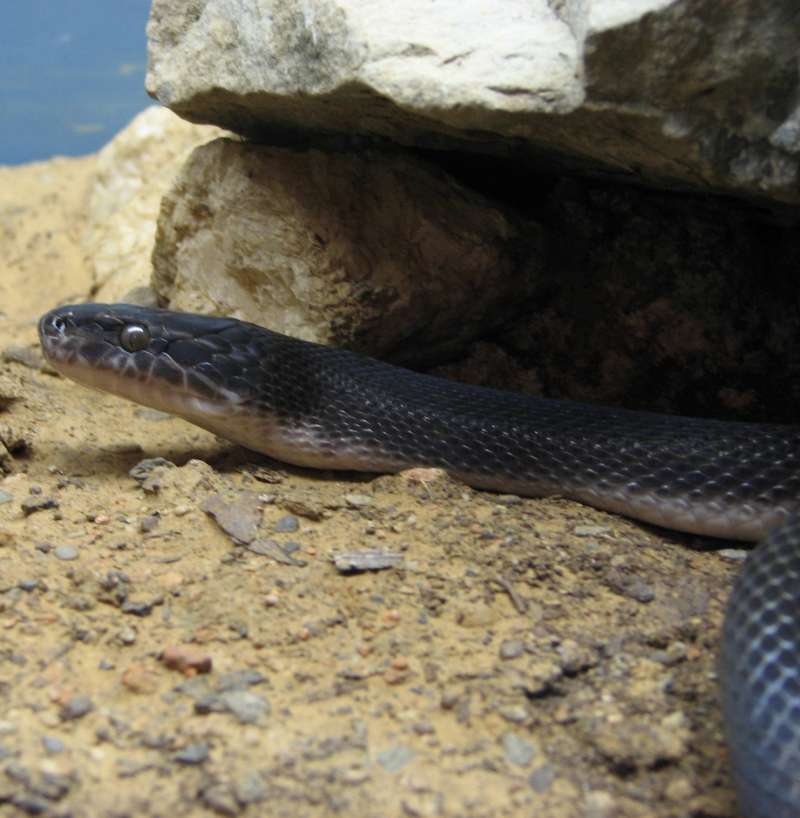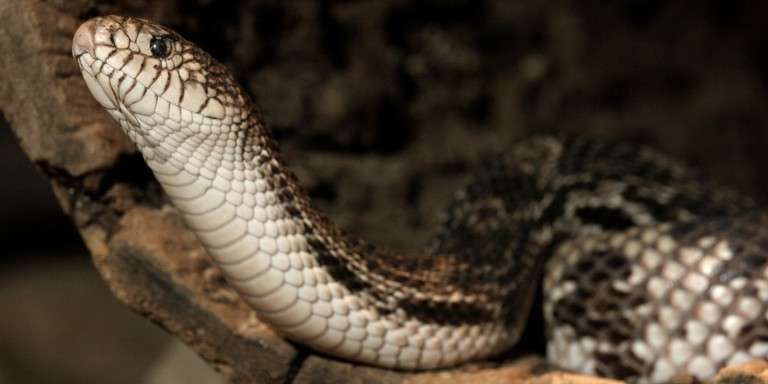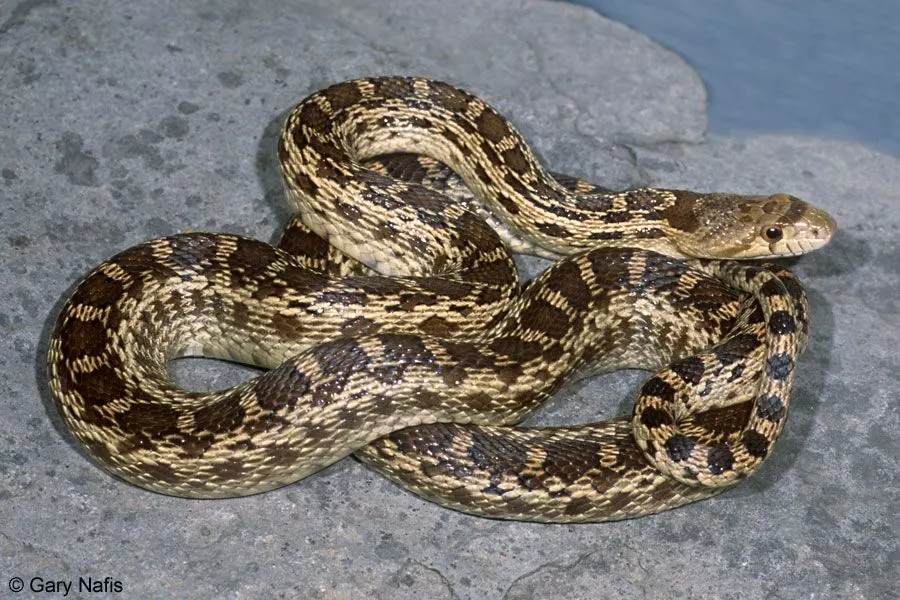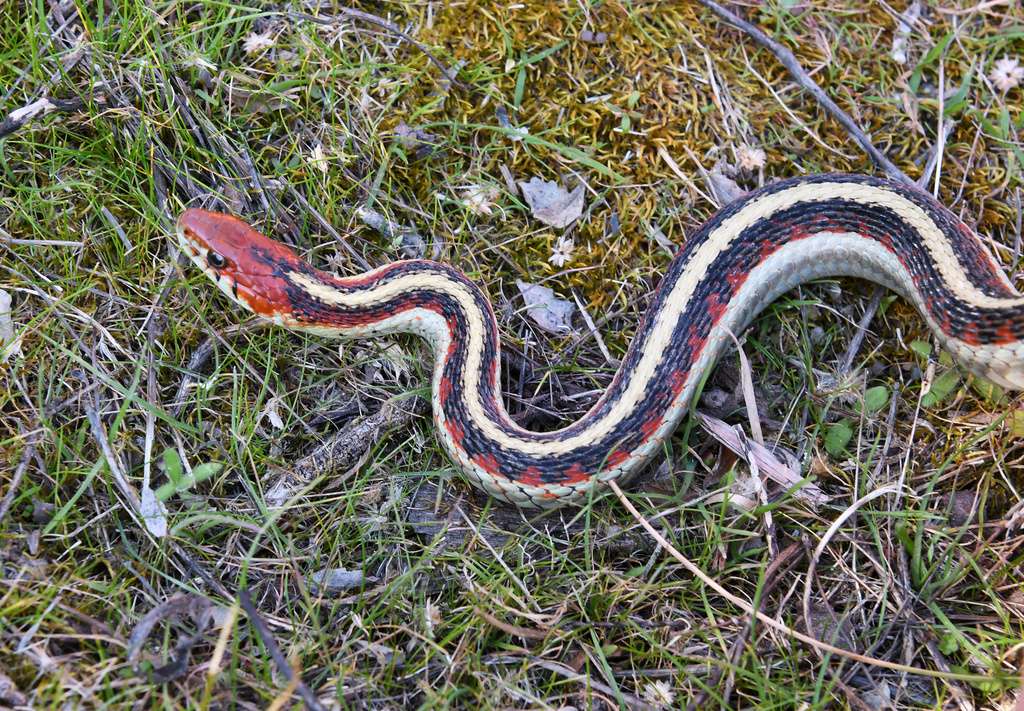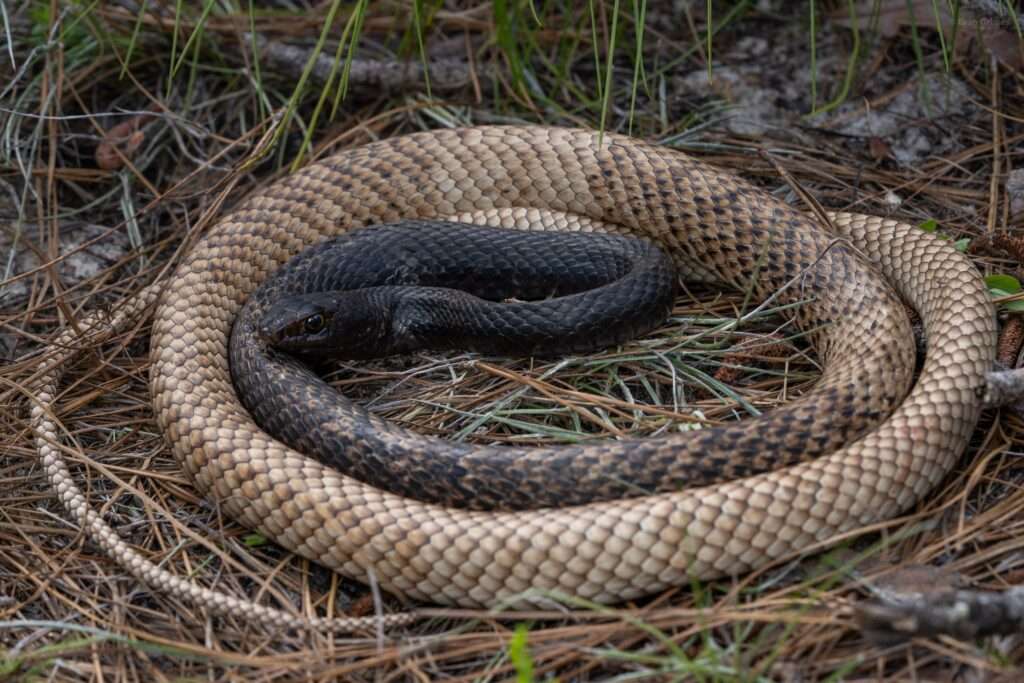Dragon Snake
Description: Scientific name: Xenodermus javanicus Life span: 10 years The small, semi-fossorial, non-venomous snake species known as Xenodermus javanicus. The head and tail of Xenodermus javanicus are distinctive. The body is narrow and constricted. Examining the overall size, tail thickness, length, and cloacal vent for the presence of a hemipenal bulge will help […]



